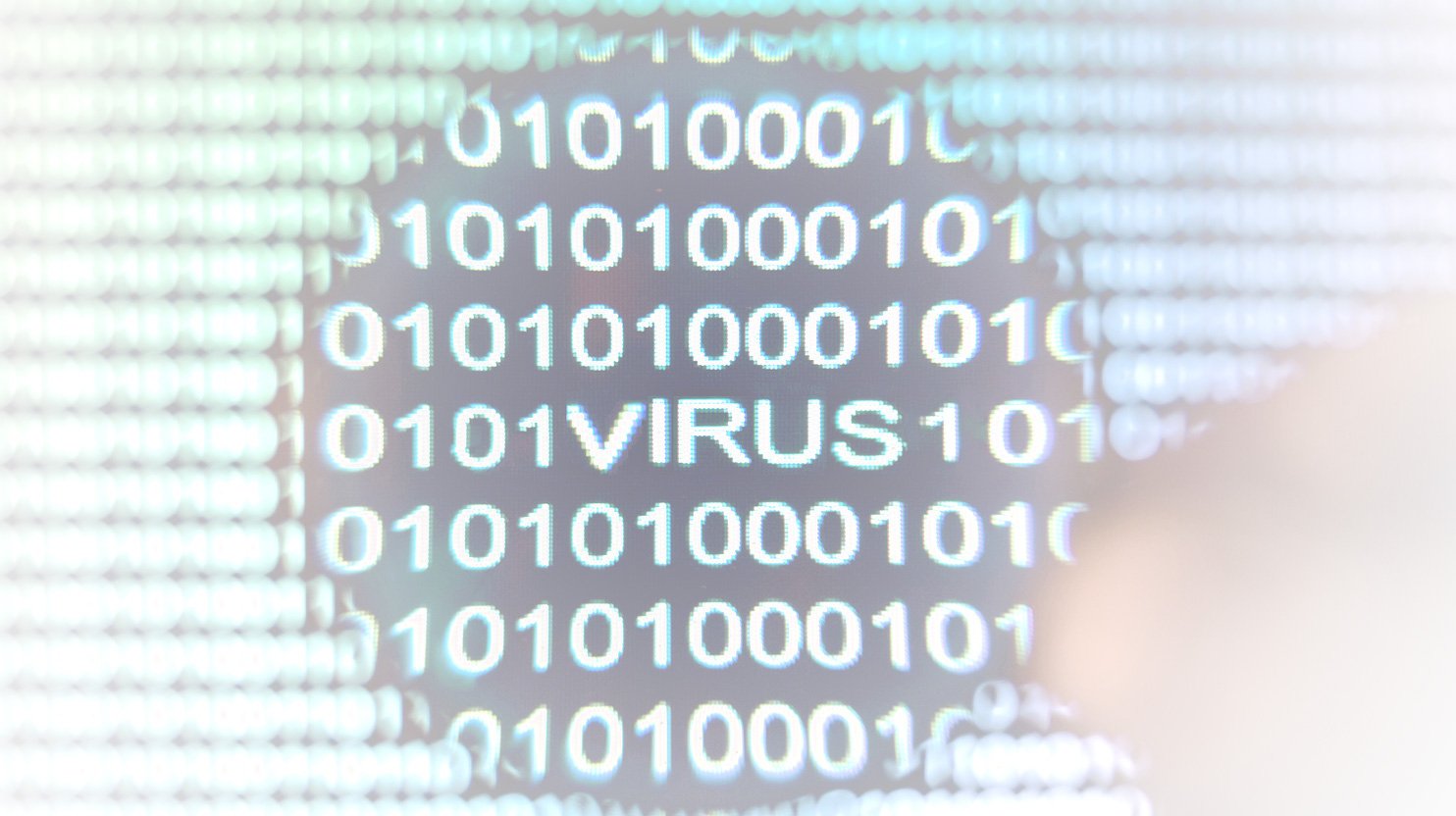What is malicious code?
Malicious code is a code that takes on various forms (viruses, worms, spyware, Trojan horses, etc.) that is intentionally developed to cause harm to a computer and/or compromise data on a system. Malicious code can also be referred to as malware, which is short for malicious software, but the difference is that malicious code also includes scripts that can take advantage of security vulnerabilities in order to upload malware or do other harmful things.

Main types of malicious code
The following types of malicious code do have some differences when it comes to the execution environment. Viruses, worms, and trojans are executed in the client computer OS environment or in the server OS environment, whereas XSS is executed in the browser. When the malicious code is executed in the client computer OS environment, the danger lies in the fact that the website can spread it to visitors. When the malicious code is executed in the server OS environment, the danger lies in the fact that it can violate the website and its data integrity, confidentiality, and availability.
Viruses:
Viruses are self-replicating malicious code that have the potential to damage or even destroy files on a computer as once they are executed, they can spread not only through the system but also the connected networks. They are spread by sharing already infected media, by opening infected attachments or file downloads, or by visiting compromised websites.
Worms:
Worms are also self-replicating like viruses, and once they have infiltrated a computer, they can execute themselves independently, without assistance from a user-run program. This type of virus is aimed at using all of a device’s resources, which can cause a computer to stop responding.
Trojan horses:
Trojan horses are decoy computer programs that carry malicious code, masquerading as legitimate software. Trojan horses cannot self-replicate, so in this case the unsuspecting user would need to use the file for it to be executed, with the infected program (containing viruses, worms, or other code) then causing malicious actions on the device. Backdoor attacks that lead to an attacker gaining remote access to a compromised system are also considered Trojan horses.
Malicious data files:
Malicious data files are non-executable files—for example, a Microsoft Word document or ZIP file, that exploit any weakness in the software program that is meant to open the file itself. The malicious data files are distributed by email, websites, etc., to be installed on the unsuspecting target’s system.
XSS:
Cross-site scripting (XSS) is when malicious commands are injected into a web application, interfering with a user’s web browsing. This action can change web content itself, infect the user’s device, and/or gain access to confidential data.
Cryptomining:
Cryptomining, sometimes referred to as crypotjacking, is a type of attack that co-opts the targeted device’s computing resources in order to specifically mine cryptocurrencies like bitcoin. The method of getting the malicious code in the targeted device can be done through embedding the code in a website or through email phishing.
Other types:
Additional types of malicious code include uploaders (to upload other malicious code to the site), loggers (to collect sensitive info from the site), etc.
Prevention principles in WordPress
Although WordPress is a secure content management system, it’s still necessary to implement additional steps and measures to avoid being susceptible to security vulnerabilities.
- General malicious code mitigation: Check and make sure that the website has hardened file upload permissions, so that no one can upload any malicious script.
- Website files scan: This is important in order to ensure that no server file has been modified or uploaded in an unauthorized way. 10Web includes this as part of its hosting.
- Monitoring system in website: This is useful for resource consumption, access and error logs, as well as incoming and outgoing traffic.
- Third party protection and reporting tools: Installing an option like Norton Safe Web is very useful so that a site owner receives a report if their site appears in a list of dangerous, compromised, or reported sites on third party platforms.
Other general prevention measures to follow include:
- Keep your WordPress site updated: One of the simplest yet effective ways to stay protected against malicious code is to make sure to update every aspect of your WordPress site. This does not only pertain to WordPress itself, but also to the WordPress themes, plugins, and files that you have installed for your website. Outdated versions can be major security vulnerabilities.
- Keep your login page secured: The login page for your WordPress site (wp-login) is an important aspect to secure in order to protect against malicious code. Many attackers will target their efforts there in order to gain unauthorized access to your site to infect it with malicious code. Strong username and password etiquette is important here, and a limit of login attempts. You can also implement two-factor authentication (2FA) for an additional security step.
- Install a WordPress security plugin: You can keep your website’s security at the forefront by installing a security plugin that helps detect suspicious activity. An option like MalCare schedules automated scans and offers features like one-click malware cleanup, firewall protection, and vulnerability scans. You can also add another layer of protection by opting for secure hosting that regularly monitors your site for malware detection, and proactively cleans up a hacked website.
- Backup your site regularly: In the case that your WordPress site does get infected, having a recent backup of your site allows you to revert it to that earlier state. This will at least help lessen the severity of an attack, and helps you restore your data and content. Performing regular backups—or automating them in real-time, is key as you will want to revert back to the most recent state of your site to avoid any significant losses.




